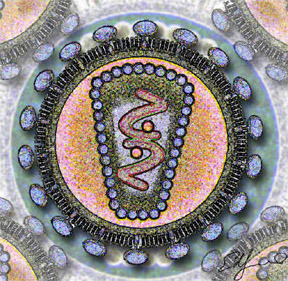oupacademic:Highlights from the Oxford Reference medicine timeline: c. 2000 BCE Medicine men in Pe
oupacademic: Highlights from the Oxford Reference medicine timeline: c. 2000 BCE Medicine men in Peru practice trephination, cutting holes in the skulls of brave or foolhardy patients. c. 100 BCE The practice of acupuncture is described in Nei Qing, a Chinese medical text. c. 1489 Leonardo da Vinci begins an unprecedented series of detailed anatomical drawings, based on corpses dissected in Rome. 1545 Ambroise Paré, the greatest surgeon of his day, publishes an account of how to treat gunshot wounds. 1665 The first recorded attempt at blood transfusion, at the Royal Society in London, proves that the idea is feasible. 1796 German physician Samuel Hahnemann coins the term ‘homeopathy’ and describes this new approach to medicine. 1860 Florence Nightingale opens a training school for nurses in St Thomas’s Hospital, establishing nursing as a profession. 1978 Louise Brown, born in England, is the first test-tube baby, having been conceived by IVF (In vitro fertilization). 2000 At the turn of the century, it is calculated that 36 million people worldwide are infected with the HIV virus. Image credits: 1) Girl skull, trepanated with a silex, 2) Hua Shou. Expression of the fourteen meridians, 3) Vitruvian Man, 4) Ambroise Paré et l’examen d’un malade by James Bertrand, 5) Sample blood bag,6) Samuel Hahnemann, 7) Three Quarter length portrait of Florence Nightingale, 8) ICSI sperm injection into oocyte, 9) Stylized rendering of a cross-section of the Human Immunodeficiency Virus. All via Wikimedia Commons. -- source link








